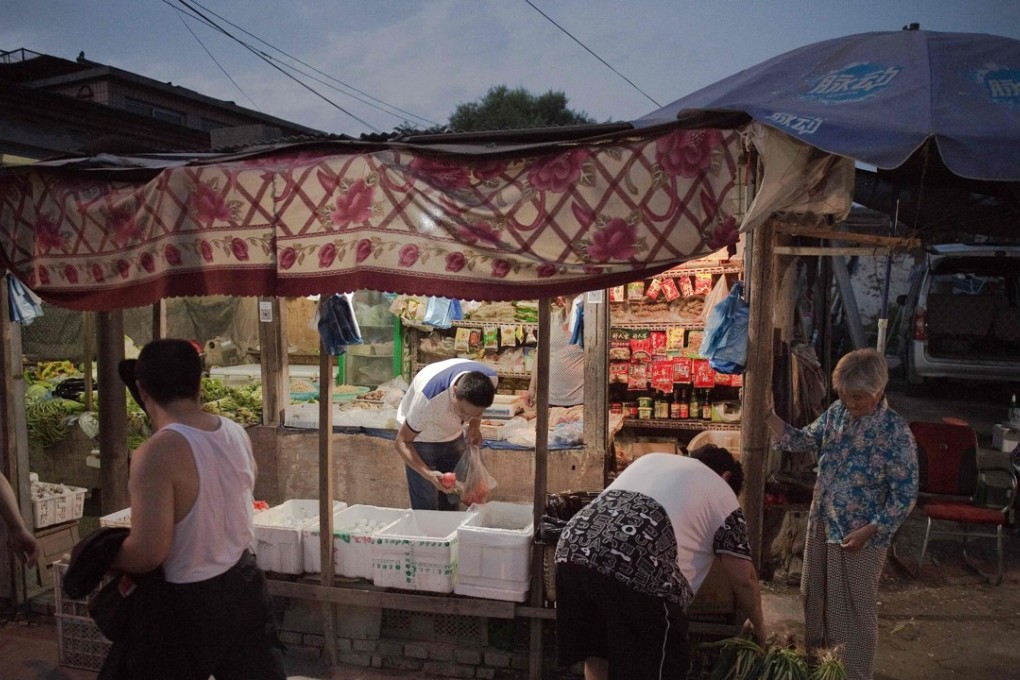Brother can you spare a dime: China’s small firms can’t get loans even with the government’s push

The Chinese government campaign to get more funding into the hands of small business owners is struggling.
And a solution to the problem is being more urgent as the trade war with the United States starts to weigh on the economy.
Small and medium-sized business (SMEs) account for most jobs in the country – up to 80 per cent by some measures. Each produces a single or a small range of products or services and operates on small profit margins that are far less resilient to economic disruptions than those at larger firms.
The government has pumped money into the banking system to spur lending to smaller business and has recently stepped up its verbal intervention demanding action. Anecdotal evidence suggests the situation has improved, but only modestly.
That is because the push to get banks to lend more to small firms is in direct conflict with the government’s effort to reduce risk in the financial system.
A manager with a regional bank in the southwestern Sichuan province said her bank had increased lending to small businesses in response to the government’s policy push, but economic uncertainties and stronger financial regulation continued to limit their incentives to do more.
“It is hard for a bank to handle credit policy now,” the manager, who only gave her surname as Li, told the South China Morning Post. “The outlook for small firms has greater risk due to the cooling economy. And the trade war between China and the US, as well as exchange rate fluctuations, have created a more complicated situation,” she said.